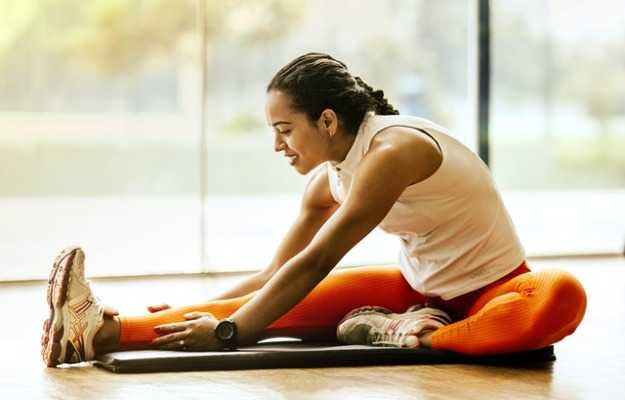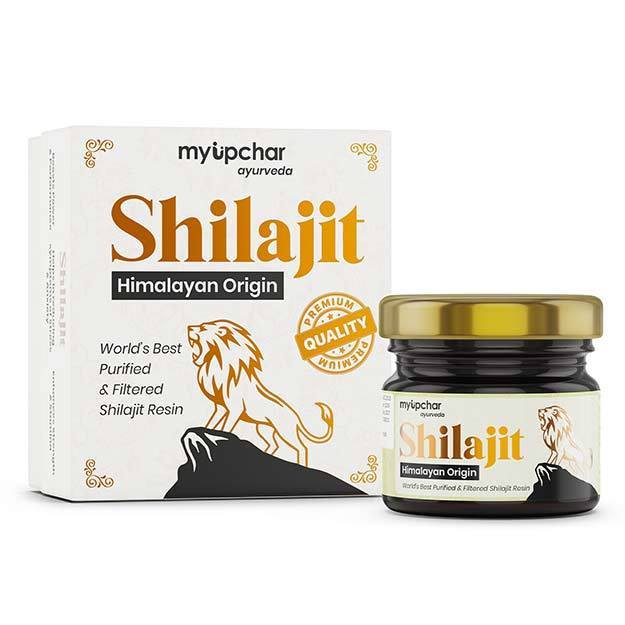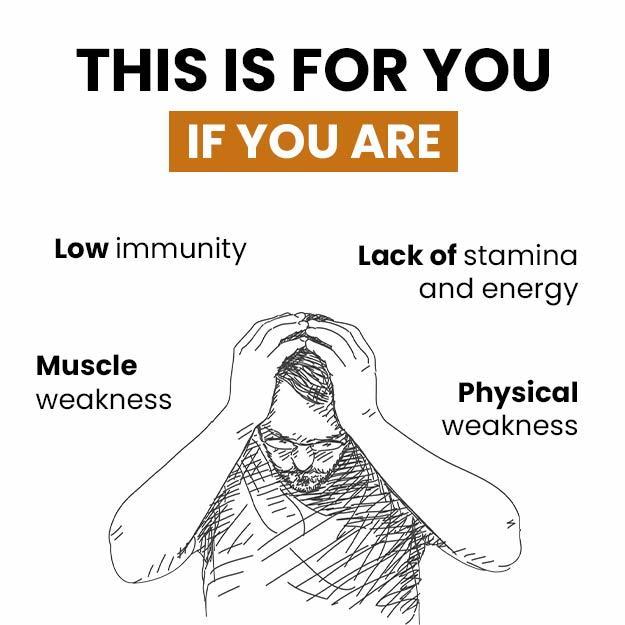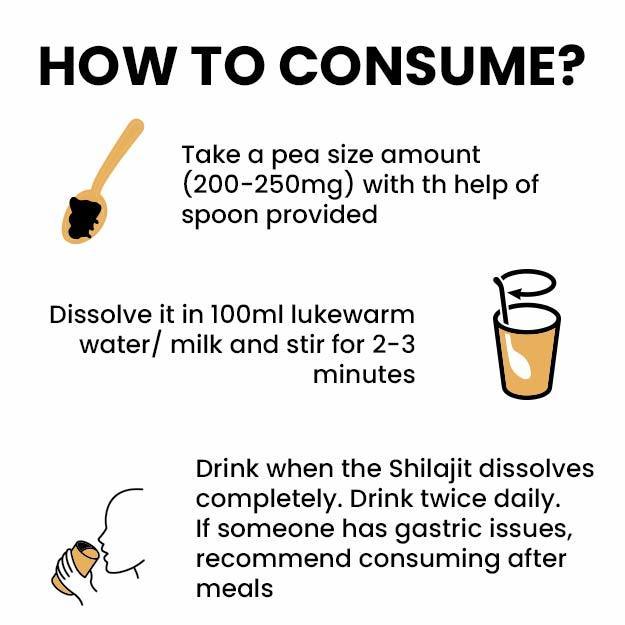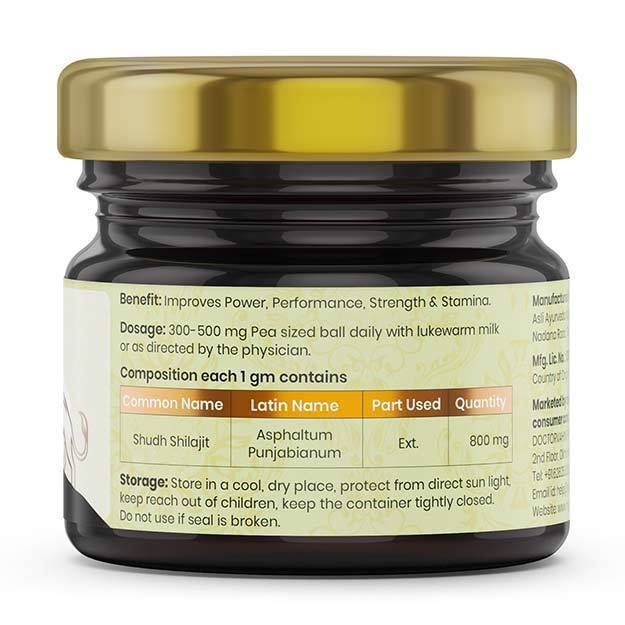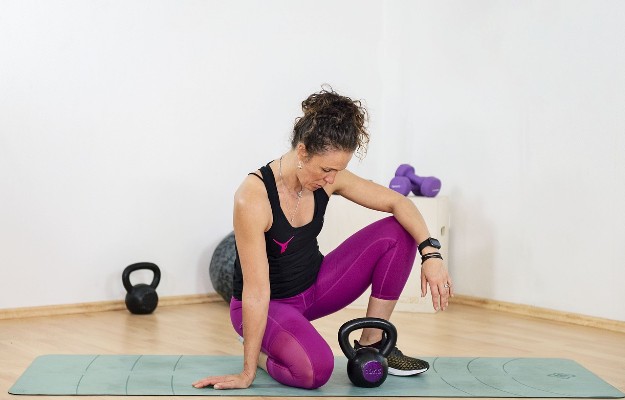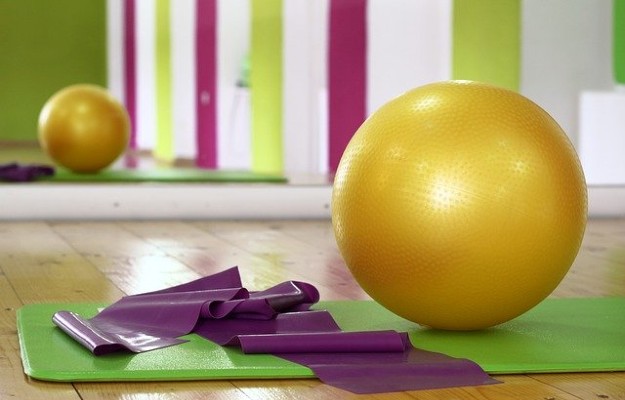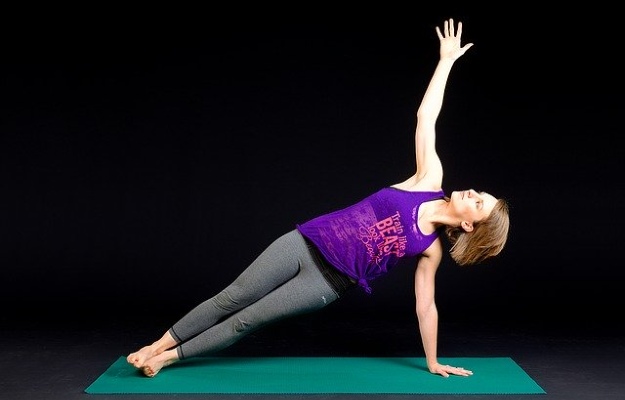Many of us find it challenging to make time for weekly workouts even though we know they can be hugely beneficial to our health.
While there is no substitute for proper exercise, the World Health Organization has set a new minimum bar for physical activity that is necessary for maintaining good health and avoiding chronic conditions like heart disease and type 2 diabetes, among other health problems that can be triggered by or worsened with inactivity or insufficient activity.
In its new guidelines, “WHO guidelines on physical activity and sedentary behaviour”, released on 25 November 2020, the WHO has recommended the following duration and level of activity based on life stage:
|
Life stage |
Duration |
Intensity |
|
Children and adolescents |
60 minutes a day |
- |
|
Adults, including pregnant women and people with chronic conditions |
150-300 minutes a week |
Moderate to vigorous |
|
All adults |
75-150 minutes a week |
Vigorous |

